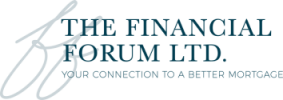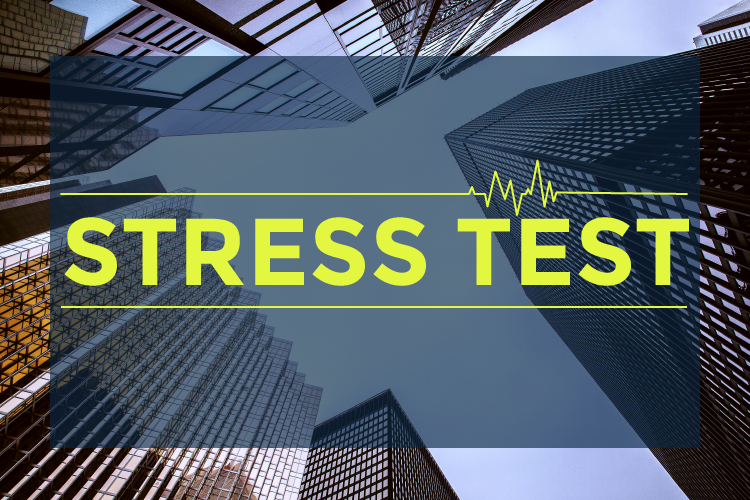Not Sure if You Can Afford a Mortgage? Take the Mortgage Stress Test
The Canadian government has instituted new regulations in the year 2018. According to these rules, all home buyers must take the mortgage stress test irrespective of whether they’re making a down payment of 20% and above. The mortgage stress test is designed to evaluate if you can continue to make mortgage payments each month even if the interest rates rise in the coming years. If you already have a mortgage, you’ll need to take the test under these circumstances:
- Refinancing your home
- Applying for a homeowner line of credit
- Transferring your loan to a new mortgage provider
How to Calculate the Stress Test Rate
For homebuyers who are making a down payment of 20% and above
As an uninsured buyer, the minimum qualifying rate is any ONE of these options, whichever is higher:
- The rate quoted by your mortgage provider + 2%
- The current 5-year benchmark rate laid down by the Bank of Canada
For example, if your provider offers you a rate of 3.49%, you’ll qualify at the rate of 5.49% (3.49% +2%) which is higher than the BOC’s benchmark of say, 5.14% at the time.
For homebuyers who are making a down payment of less than 20%
As a buyer who also has default insurance, the minimum qualifying rate is any ONE of these options, whichever is higher
- The rate quoted by your lender
- The current 5-year benchmark rate laid down by the Bank of Canada
For example, if your lender offers you a rate of 2.99%, you’ll qualify at the BOC’s benchmark of say, 5.14% which is higher.
How the New Regulations Affect Your Affordability
The new regulations are intended to make sure that Canadians spend only what they can absolutely afford and the housing industry remains stable. From the home buyer’s point of view, the current developments may lower the amount they can invest in the property. Take a look at this example.
Let’s assume you have a household income of $87,000 and you put down a 20% payment on a new home. Before 2018 and the new regulations, if the rate of interest was 2.99%, you could have qualified for a home costing a maximum of $508,069. However, at present, since the BOC’s benchmark rate is 5.14%, you can qualify for a maximum price of $393,716. In other words, the rules have lowered the amount you can invest in the house by 22.5%. These figures have been calculated working on the assumption that you’ll pay $201 per month on heating and $3,000 per year by way of a property tax over an amortization period of 30 years.
Experts also advise you to take into account several other household expenses such as:
- Cost of living and maintaining a particular lifestyle
- Utilities and other expenses
- Maintenance charges
- Any other loan payments you’re making, like, for example, student loans
Higher interest rates in the future can significantly impact the finances you can divert towards buying a home. Let’s assume that you have a household income of $6,000 in hand after deducting taxes. If you were to pay $4,292 as mortgage payment per month, that would be equivalent to a whopping 71% of your monthly income. Accordingly, you’ll have to work out your wages and expenses carefully if you want to invest in a home.
How to Stress-Test Your Current Mortgage
As of January 2018, the Canadian government requires you to stress-test your current mortgage in anticipation of rising interest rates. Although the cost of borrowing may not go up significantly, you can expect to see a raise of 1% to 2%. Here’s an example to give you an overview of your future payments.
You buy a home costing $726,000 and put down a 20% payment of $50,000. If the interest rate is 2.99%, you’ll make monthly payments of $3,328 toward your mortgage. According to the stress test, you must calculate the interest using the minimum rate of 5.14%. As a result, your monthly payments will now be $4,292 which translates into a 29% hike.
So, What Are Your Options in Case of Variable Rate Mortgages?
The stress test will help you plan your future mortgage payments. In case you’ve opted for variable-rate mortgages, you may not have to pay higher payments right away. You’ll pay the same amount as before, but a larger percentage will go toward covering the interest than paying off the principal. If you wish to clear your loan amount within the amortization period, you’ll have to choose from options such as:
- Make the payments as before the rise in interest rates and wait for the mortgage term to end. Before the start of the new term, you can pay off a lump sum payment, so the loan is cleared within the amortization period. Alternatively, you can opt to pay a higher sum each month.
- Work out a new payment plan with your mortgage provider if your income permits. Increase the payment you make each month right away.
- Since a larger part of the current payments, you’re making will now go toward interest, consider making single or multiple lump-sum payments to cover the principal.
If you’re not quite sure which is the best way to manage payments, it is advisable to seek professional advice. It may interest you to know that close to 25% of homeowners have a variable rate mortgage. But, given that 6% of Canadians are not sure whether they have a fixed or variable rate mortgage, this is a good time to find out and plan ahead. You may also want to create a budget to balance your income and expenses, so you can keep the debt down.
What if You Have a Fixed Rate Mortgage?
In case you have a fixed-rate mortgage, any changes in the interest rates will not impact your current payments. You’ll continue to make the same payments, but it is advisable to take the stress test. That’s because you can expect to pay higher interest when you’re ready to for the next term. Interestingly, close to 69% of mortgage holders in Canada have a fixed-rate mortgage.
How Canadians View the Stress Test
Given the possibility of rising interest rates, getting the mandatory stress test can save you a lot of “stress” a few years down the line. But, how do Canadians view the new regulations? Here are the results of a survey conducted on homeowners across the country.
- Close to 76% of Canadians are expecting that interest rates will rise while 23% estimate the rates to continue to rise time and again after the initial hike. At least 36% assume that the rates will go up in the near future.
- Given a choice between fixed or variable mortgage interest rates, 13% of Canadians prefer to go with their earlier decision irrespective of rising interest rates. Around 5% would opt for variable-rate mortgages while 30% would choose a fixed-rate mortgage. Just 51% of homeowners intend to make their decision only after the impending hike.
- Surprisingly, 18% of Canadians are not yet aware of the new mandatory regulations. Around 47% will check their affordability with the stress test before investing in a home while 13% don’t intend to take the test at all.
- Close to 83% of Canadians have debt with 13% having large debts and 42% having some amount of debt. Just 28% of homeowners have a small amount of debt.
Future Outlook for Homeowners
If you intend to invest in a home in the near future, one of the first steps is to take the stress test to determine your affordability considering that mortgage interest rates will likely rise in the future years. As a new homeowner, it could be advisable to opt for a property you can afford or choose a different neighbourhood that matches your income levels. On the other hand, if you’ve already taken a mortgage, take the stress test and check if you can deal with the possibly higher interest payments in the coming years. Accordingly, you can opt to stay with your current mortgage provider.
Your best bet is to check the current benchmark rate as declared by the Bank of Canada website, and make calculations are outlined above. Alternatively, contact a finance expert to understand the best options available to you.






